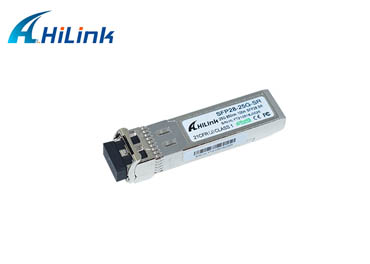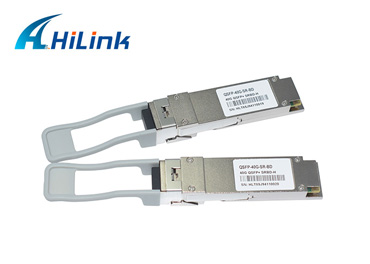Isn’t Compatible Transceivers Better Than OEM Modules?
Mar. 17, 2022
When compatible transceivers firstly emerged in the market, there were a lot of worries and doubts about their compatibility and interoperability of them. But after dozens of years, outstanding compatibles vendors prove themselves with good quality and reputation. Green hands, however, are still puzzled by the myths of OEM transceiver modules provided by the original brand vendors and have doubts about compatible transceivers. I’m sure when they figure out the following questions, they will be fans of good compatible vendors and their devices.
Where Are the Transceivers From, for Compatibles and OEMs?
The truth is that optics manufacturers generally don’t make products special for OEMs. Instead, they make standardized ones based on MSA standard (Multi-Source Agreement), IEEE standard, and EU directives. These standards and directives to the optics ODMs are what law is to humans. But if the modules are the same, why is an OEM module much more expensive than a compatible one?
25G 150M SFP28 SR
Why Is an OEM Module Much More Expensive?
Big brand switch companies generally don’t make cables or optics. They rely on two or more manufacturers to make transceiver modules for them and then rebrand the module and every other related part with their own logo.
Take a 10GBASE-SR SFP+ as an example, the MSRP (Manufacturer Suggested Retail Price) is $20, but surprisingly, a customer has to spend $100 when he gets an OEM module from the reseller. If the customer buys directly without the OEM branding, it will charge only $16 from the compatibles vendor. How could this happen?
It is not reasonable for the customers to pay an extra $94 only for an OEM logo on the module and the end cap, right? So OEMs bring up the issue about the additional compatibility test.
What About the Compatibility Test?
The compatibility issue is brought up by OEMs after they add enhancements on standardized modules, such as changing the link establishment sequence (i.e. the port knock), verifying legitimate parts with encryption keys, along performing white-listing of parts in the NOS. So that OEM switches will only accept modules that are correctly coded.
But it is not the point that makes originals superior to compatibles. Good compatibles vendors are able to code the transceiver by themselves and test each module in OEM switch and according to the latest software release notes (such as IOS, JunOS).
LC 40G QSFP+ BIDI SR4
Can I Use One Compatible Transceiver in Different OEM Switches?
Yes, compatible products have the potential. Actually, good compatibles vendors are able to make multi-coded compatible products that can support several different OEM equipments. One benefit is that service providers can reduce the number of backup components stored in a data center.
Will the OEM Refuse to Look at My Problem After I Use Compatible Transceivers?
This is a question that all customers who use third-party transceivers are concerned about. OEMs cannot deny a warranty if the customer uses third-party transceivers unless the fault is do found on the compatible transceiver. Firstly, any protocol-related problem cannot be attributed to the transceiver since a transceiver has no knowledge of traffic or protocol features.
Secondly, the official warranty statement on the OEM website is that adding third-party modules does not void the warranty, and they will continue to provide support as per the warranty terms even if you use third-party transceivers.
Contact us today or visit our website to learn more about optical modules.













